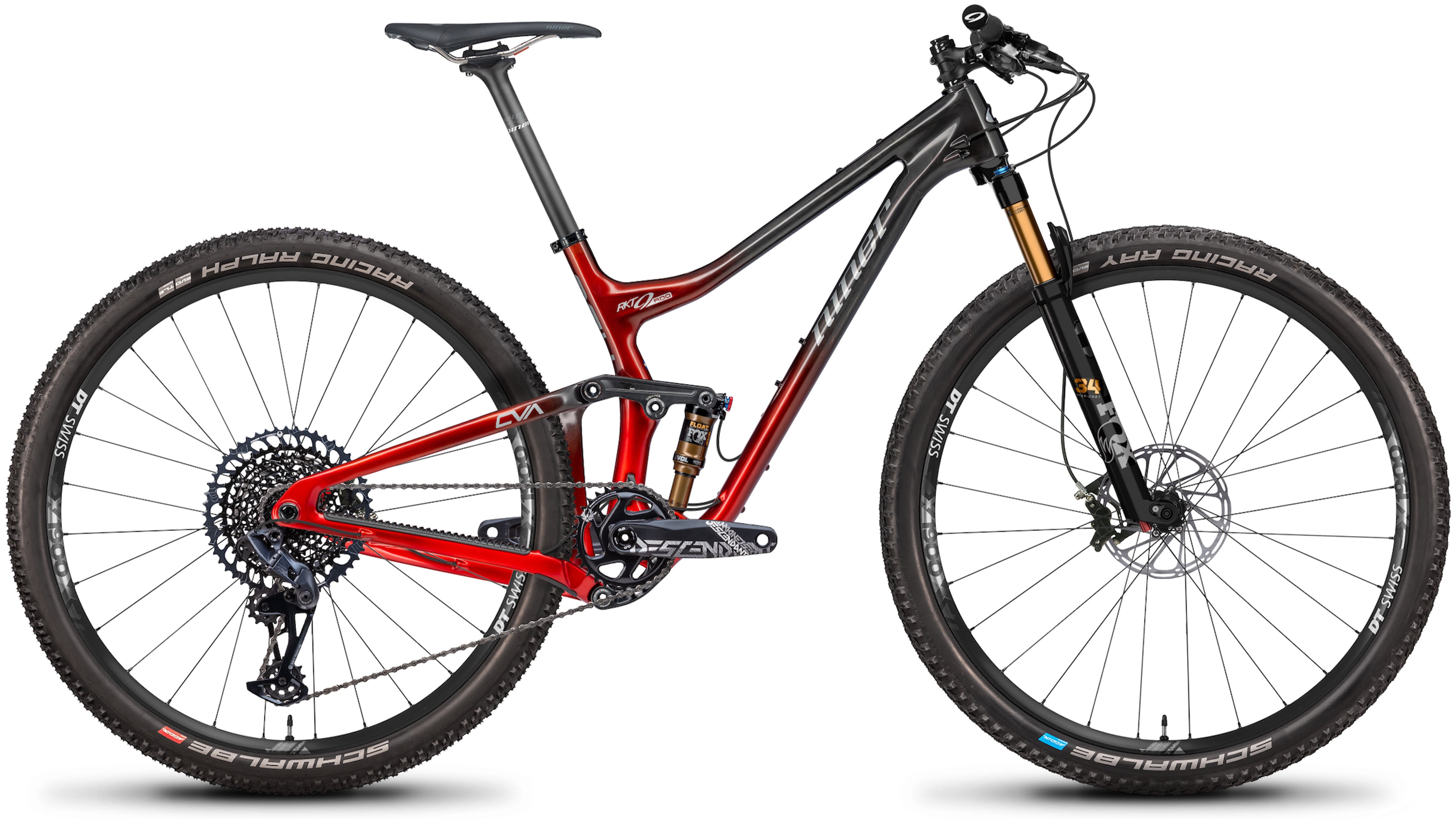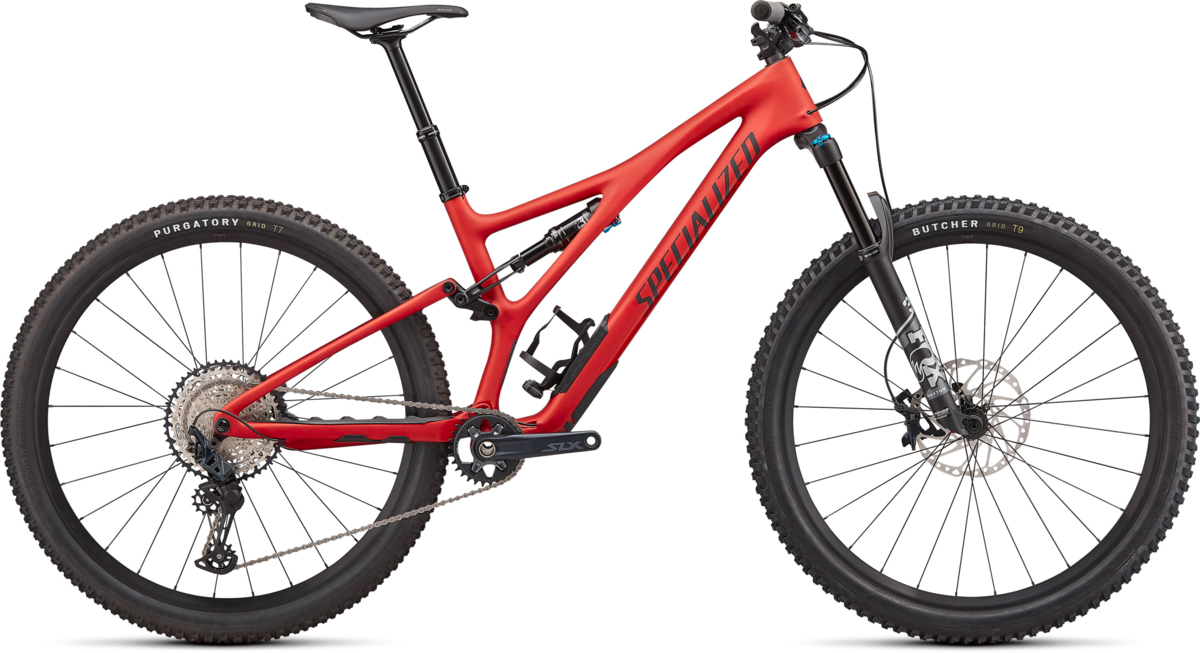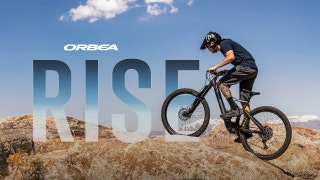Featured Brands
Recommended Products
HOLIDAY20
Get free shipping, on most items, with your $50 purchase today! Same day shipping on most orders if placed by 3pm PST.
PLEASE NOTE:
This offer is only available to physical shipping addresses in the 48 continental United States (no PO Boxes), and some exclusions apply.
Oversize Charges
Some large and/or heavy items are subject to additional oversize charges that are separate from standard shipping costs.
Bike Build Process
All bikes are built, tested, tuned, and ready to ride upon shipment. The bike build process typically takes 2-3 days to complete depending on the bike model and the complexity of the build.
Stock Status
Orders for in-stock items placed by 3PM PST usually ship on the same day. Orders that include special-order or backordered items may be subject to shipping delays depending on product availability. Refer to estimated delivery times in cart when selecting shipping options.

Our Gear Advisors are Ready to Help.
FREE SHIPPING over $50*

There are different types of mountain bikes to suit each individual's preferred riding style and local terrain. Sometimes, deciding between the different types of mountain bikes can be challenging if you're new to riding. For example, you may be debating between buying a cross-country mountain bike and a trail mountain bike.
This article aims to help you decide which type of bike is best for you and your needs. Once you have a better understanding on the differences between cross-country and trail mountain bikes, browse through JensonUSA's vast offering of mountain bikes.
In this article, we'll teach you about:
Cross-country mountain bikes are super-efficient to ride. Therefore, they're best suited to riders who like to ride far, spend lots of time pedaling, and don't mind challenging climbs. The efficiency comes from cross-country focused geometry, lightweight components, and short-travel suspension optimized for pedaling. All these things mean you can ride for longer before feeling tired.
Due to the design of a cross-country mountain bike, there's a compromise when it comes to descending technical trails. This doesn't mean that they're useless at descending, but it isn't where their strengths lie.
For more information about cross-country bikes and the other types of mountain bikes, check out our blog article on the Types of Mountain Bikes.
Even though cross-country mountain bikes are built for pedaling long distances, they are still used on trails. You will often find cross-country mountain bikers on fire roads and singletrack, however, the trails they ride on are generally more tame than other forms of mountain riding.
Cross-country mountain bikes are effectively off-road race bikes. The types of races they're used for vary from challenging endurance races to shorter and more intense ones.
A trail mountain bike is the most common type due to its versatility. These mountain bikes are very capable and can be ridden on most types of terrain. There are many types of trail mountain bikes, ranging from hardtails, short travel full-suspension bikes, and ones with up to 140/150mm of suspension travel.
A trail bike's geometry and design fall somewhere between a cross-country bike and an enduro bike. This means you have a comfortable riding position and beefier components. Trail bikes generally have a playful riding style and are incredibly agile.
For more information about trail bikes and the other types of mountain bikes, check out our blog article on the Types of Mountain Bikes.
A trail mountain bike is designed for anything ranging from moderate cross-counrty trails to technical singletrack and small jibs and jumps. Therefore a trail bike must be able to cope with a wide range of terrain.
The main difference between trail mountain bikes and cross-country mountain bikes is that a trail bike is designed to be an all-rounder that performs well on a variety of terrain. But the lightweight design of a cross-country bike makes riding long distances and uphill more manageable.
We'll summarize the specific differences below to give you the complete picture. This will make it easier to decide which is best for you.


| Cross-Country | Trail | |
| Model | Niner RKT RDO RS 3-Star Bike 2022 | Specialized Stumpjumper Comp Bike 2022 |
| Suspension travel | 90mm rear / 110mm front | 130mm rear / 140mm front |
| Capability | Less | More |
| Speed/agility | More | Less |
| Weight | Lighter | Heavier |
The terrain you ride is the most significant factor in which type of bike you will choose. So you need to consider your local geography and what's available in terms of terrain. If your local terrain is relatively flat and consists of woodland paths, a cross-country bike will perform much better than a trail bike, especially if you like to spend all day riding.
However, a trail bike would be better if your local terrain is varied. By this, we mean if you have hills to climb and descend, and the surfaces are more technical. There are similarities between riding a trail bike and a cross-country bike, but the trail bike allows you to mix it up a bit.
Cross-country mountain bikes either have rigid forks or ones with short travel. This is because cross-country mountain bikers want their bikes to be as light as possible. Therefore, cross-country suspension forks are air-sprung, and rigid forks are made from carbon fiber or steel. The other advantage of short travel and rigid forks is that the bike handles more precisely. However, they are not very forgiving on bumpy terrain.
Trail bike suspension forks weigh more than cross-country forks and have more travel. The extra suspension travel allows you to cope with rougher terrain more easily. Sometimes, you can lock or firm up the suspension, making your pedaling more efficient.
Many cross-country mountain bikes are hardtails, meaning they have no rear suspension. A rigid back end makes your pedaling more efficient, as the bike doesn't bob up and down. In addition to the efficiency, the lack of rear suspension components makes the bike lighter, while providing lots of feedback from the terrain.
The downside of riding a hardtail cross-country mountain bike is that it can be challenging to ride technical terrain. But, you can compromise by riding a cross-country mountain bike with short-travel rear suspension. A full suspension cross-country mountain bike will have between 80mm and 120mm travel, which will help with its off-road prowess. Most of these suspension systems have a lockout to make riding uphill easier.
When it comes to the rear suspension on trail bikes, you can also have hardtails and full suspension versions. When riding a hardtail trail bike, you'll notice how easy it is to pedal, but the more challenging terrain makes it hard work. Trail bikes with rear suspension tend to have 120mm to 140mm of travel. This extra squish makes riding technical terrain much more manageable and gives you more traction.
Frame geometry refers to the shape of the frame concerning the lengths of the tubes and the various angles they're joined together. Mountain bike manufacturers build their bikes with geometry figures that enhance the bike's performance in certain areas.
Refrence the picture of the two mountain bikes above. When you compare a cross-country bike's geometry with a trail bike, the cross-country bike has steeper angles to help with pedaling efficiency and handling. But the slacker geometry of a trail bike makes it more stable, especially when riding downhill. You notice that the cross-country bike is shorter in length and the headtube angle (the angular degree at which the fork meets the ground) is much steeper than the trail bikes.
Cross-country mountain bikes have traditionally been fitted with seat posts made from carbon fiber or aluminum. Initially, you had to set the seat post height that makes pedaling efficient without the saddle being too intrusive for descents.
More cross-country bikes are now being fitted with dropper seat posts. These allow you to alter the seat height with a button on the handlebars. Raise it up for pedaling, and drop it down for descents. Dropper seat posts have become more prevalent on cross-country mountain bikes, thanks to modern lightweight materials. Dropper seat posts are more commonplace on trail mountain bikes. This is because their extra weight doesn't pose much of a problem for the riding style.
Modern cross-country bikes mainly roll on 29" wheels. This standard mountain bike wheel size is currently the largest available. The advantage of larger wheels is that they roll over bumps easier, making your pedaling more efficient.
Some trail mountain bikes also have 29" wheels, but you'll also see them fitted with smaller 27.5" wheels. The smaller wheels make pedaling less efficient, but they give the bike a playful feel, more agile handling, and a tighter turning radius.
To help you decide if a cross-country mountain bike or trail bike is best for you, we purposed some questions to clear up any confusion. Once you have decided, check out our full selection of mountain bikes today! If you still need help deciding on the right type of bike for you, contact one of our Gear Advisors.
If you like the idea of riding long distances at speed, a cross-country bike is a good choice. If you want to ride mixed terrain with climbs, descents, jumps, and techy sections, you should go for a trail bike.
If your local mountain bike terrain is hilly, you'll need to think about what's important to you. A cross-country bike will get you to the top of the hills more easily but won't be as fun when riding back down. On the other hand, a trail bike will also get you up the hill, but the descent will be much more entertaining. Most people who live in flatter areas choose cross-country mountain bikes.
The shorter suspension travel of a cross-country bike makes riding over technical terrain more challenging and tiring. Therefore, a trail bike would be best if you regularly encounter rocks, roots, and other obstacles.
We've covered pretty much all the differences between cross-country mountain bikes and trail mountain bikes. But, you may still have some questions. Keep reading for answers to the most commonly asked questions.
The term "mountain bike" covers all categories of bikes used for off-road riding. But, the most common type of mountain bike is the trail bike; therefore, it can be easy to get confused. Remember, there are many different types of mountain bikes for various purposes.
It is possible to ride a cross-country bike on trails without too many problems. However, the more technical terrain will make the experience more challenging and potentially less rewarding.
Due to the versatility of trail mountain bikes, you can ride them downhill. However, you need to be realistic about their capabilities. If you were to ride a challenging alpine downhill trail with massive jumps, rocks, and roots, you would feel "under biked."
Definitely not. Downhill mountain bikes are big heavy beasts with gearing suited to accelerating downhill. If you were to take a downhill bike on a cross-country ride, you'd spend lots of time pushing it uphill.
SHOP THE GIFT GUIDE
SHOP BRAND SALES
SHOP NOW
SHOP NOW
SHOP NOW
SHOP NOW






Follow Jensonusa